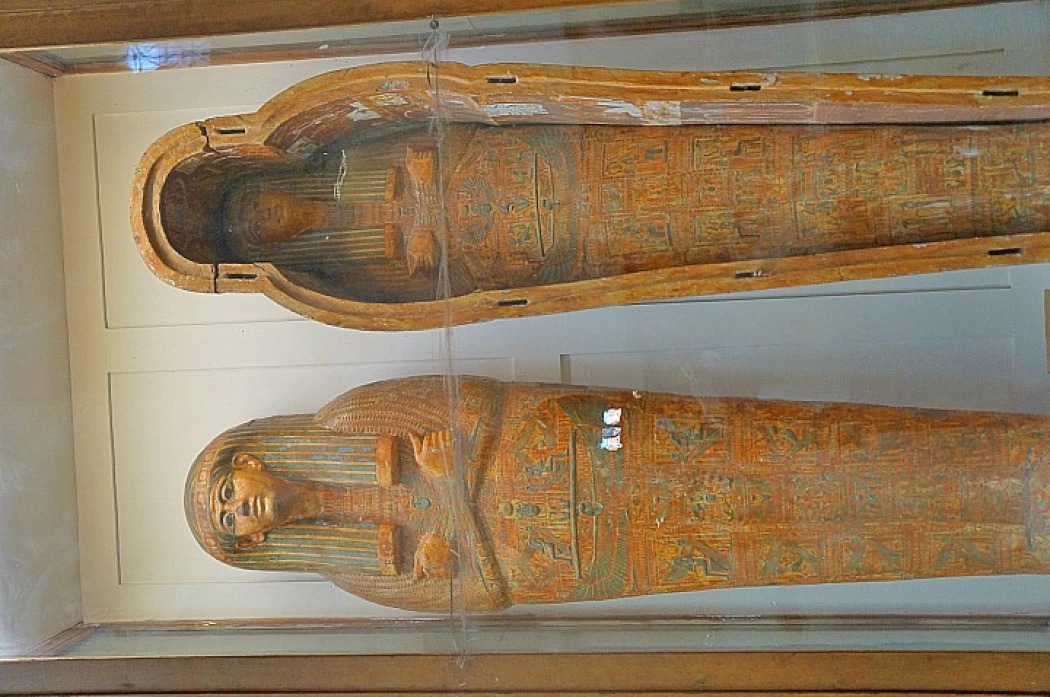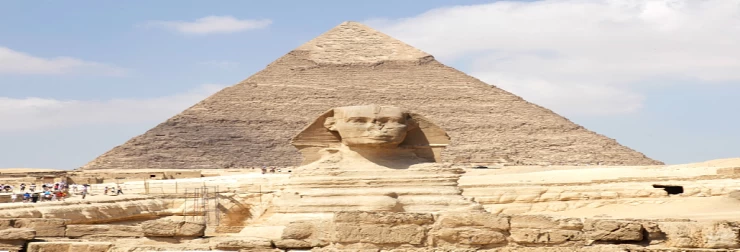
Ancient Egyptian Funeral Practices
There were always strict and precise systems and rituals that the Pharaohs followed in burying the dead, so that their entire lives were almost a preparation for that eternal life. The Pharaohs primarily maintained the custom of mummification, whereby the body of the deceased must remain intact and perfect - as much as possible - in order to pass to the other world in its most beautiful form.
The Pharaohs also believed that if the dead person did not find his body perfect, his soul would not find anything to wear to cross over, and thus the soul would remain wandering and tormented without a body to settle in.
Another thing, the stage of crossing to the other world itself was a complex and dangerous stage, where man would face a number of gods and predatory animals, and he would survive only if his deeds were good; therefore, the pharaohs took care to prepare this stage of terrifying tests; which is the tomb. In the tomb, Osiris will issue his final judgment on the dead after they pass or fail the tests of passage.
Accordingly, the Pharaohs decorated the graves with amulets and war tools, and sometimes with the bodies of dead and mummified animals, in addition to some food for the deceased to use on his journey to the afterlife.
The ancient Egyptians would take the body of the deceased (after it had been mummified) in a procession until it reached the eastern bank of the Nile, where a small fleet of boats awaited them. The main boat had a large room lined on the inside with cloth. The deceased's remains were placed in this chamber, accompanied by figures of the protective deities Isis and Nephthys. The priest poured incense while the onlookers kept hitting their heads in mourning.
In the Old Kingdom, the soul of the deceased king ascended to heaven via a great upper ladder, or holding on to the tail of the heavenly cow, or flying like a bird, or being carried on the smoke of incense burned by the priest, or by a sandstorm. The belief that settled after that, and which was for all people after the right of the people to worship any god became guaranteed, was that the soul would emerge in the form of a bird with a human head.
The hall of trial of the dead in the afterlife was called the hall of investigation, and in it there was Osiris sitting on the throne, behind him his two sisters Isis and Nephthys, and 14 deputies. In the middle of the hall there was a large scale and next to it a monster to protect it. There were also Thoth and Anubis in the hall.
Then his heart is placed on one side of the scale and on the other side is a small statue of truth (Maat). No details are mentioned on how the dead person's heart is weighed and no one knows whether the sins made the heart heavy or light? If this man is proven innocent, he has the right to life and happiness in the next world, or if he was wrong, he is destroyed by the Devourer (a mythical monster that is a mixture of a crocodile, a lion and a seahorse).















